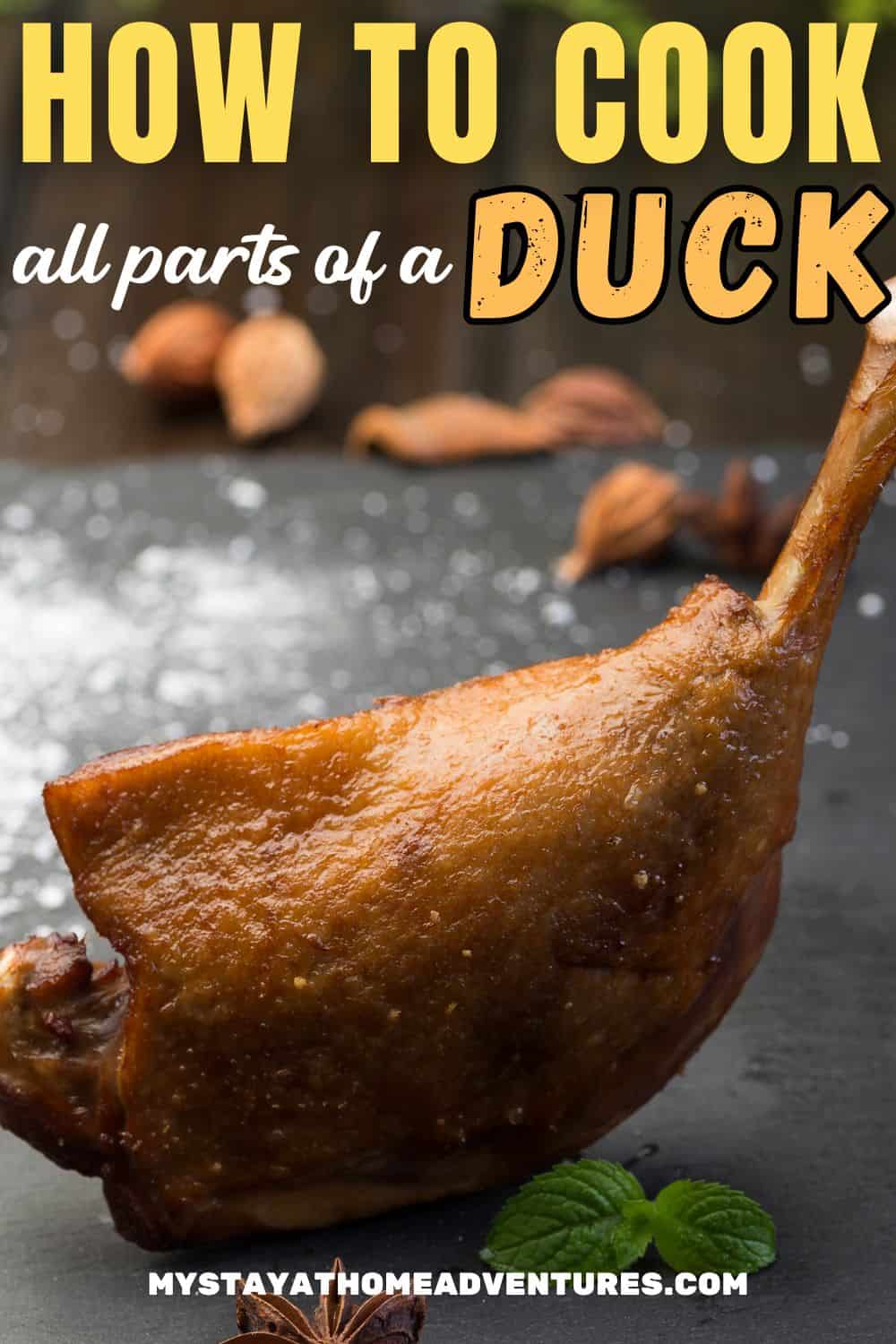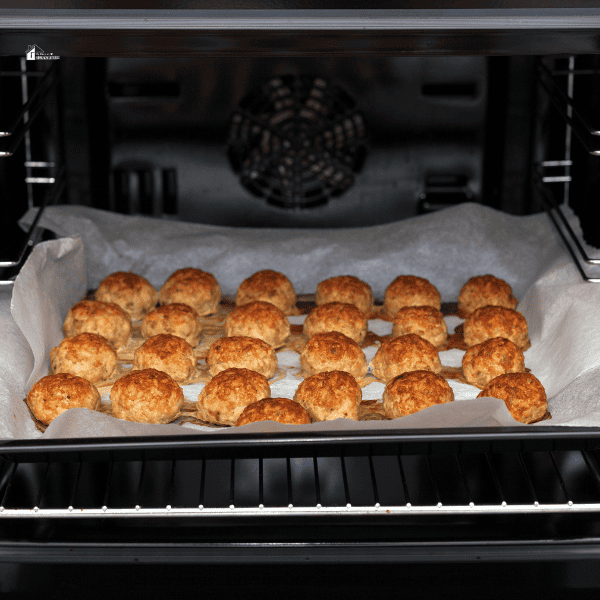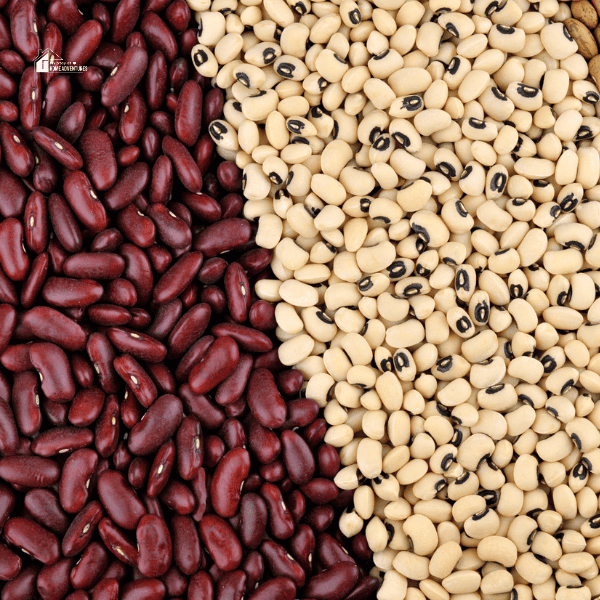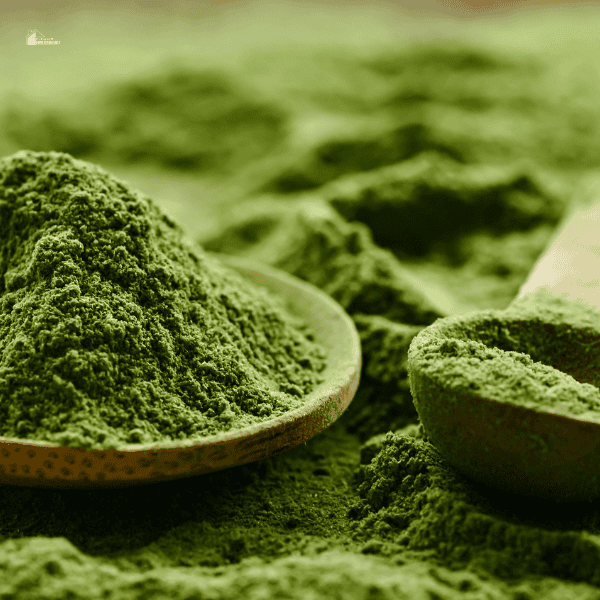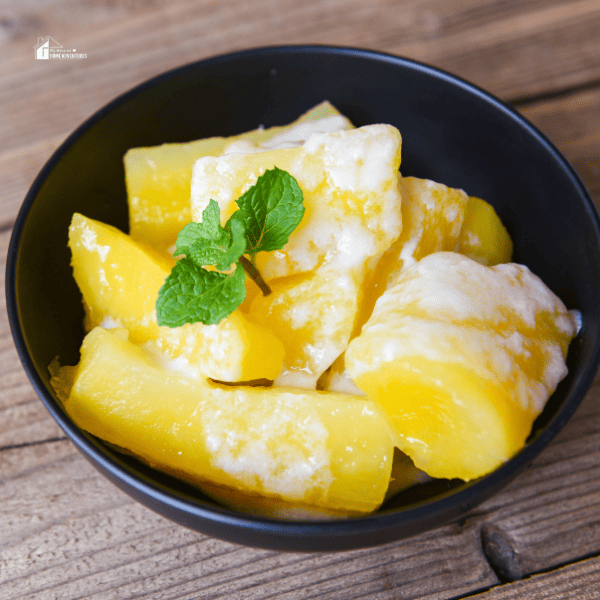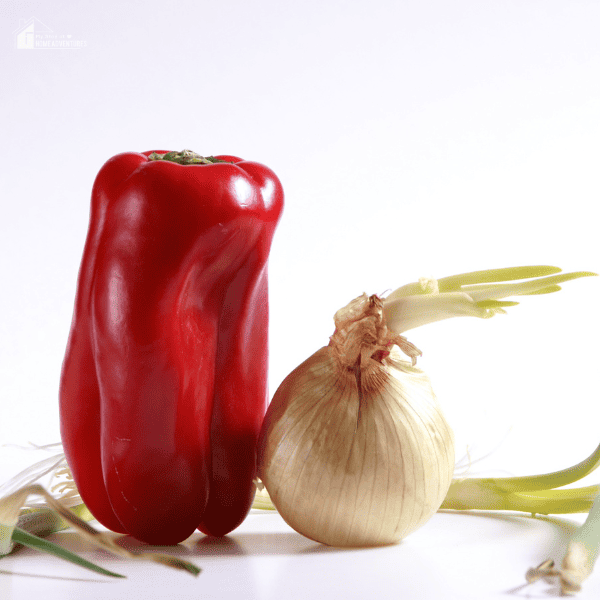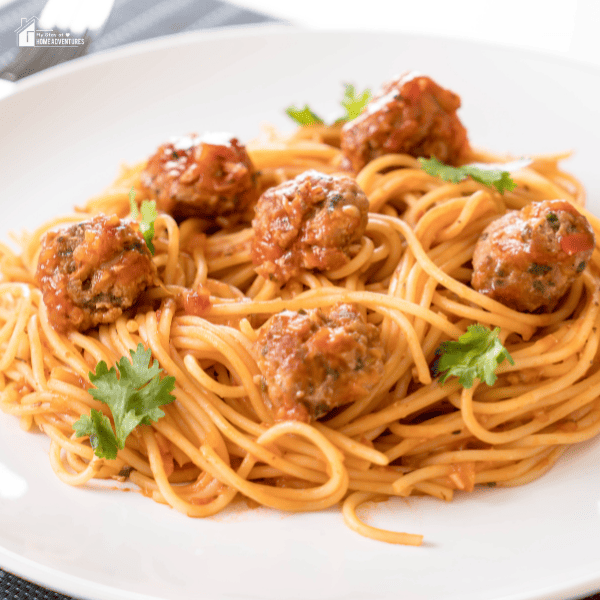Bang for Your Buck: How to Cook All Parts of a Duck
This post may contain affiliate links which might earn us money. Please read my Disclosure and Privacy policies hereDuck is well-loved all over the world for its tasty and rich flavor. Both professional chefs and people who cook at home enjoy its soft and fatty meat.
But what about the parts of the duck we don't usually talk about? From the liver to the bones, every piece of the duck can be turned into something delicious.
Let's look at how we can use these parts that are often ignored, and make some really tasty dishes without wasting any part of the duck.
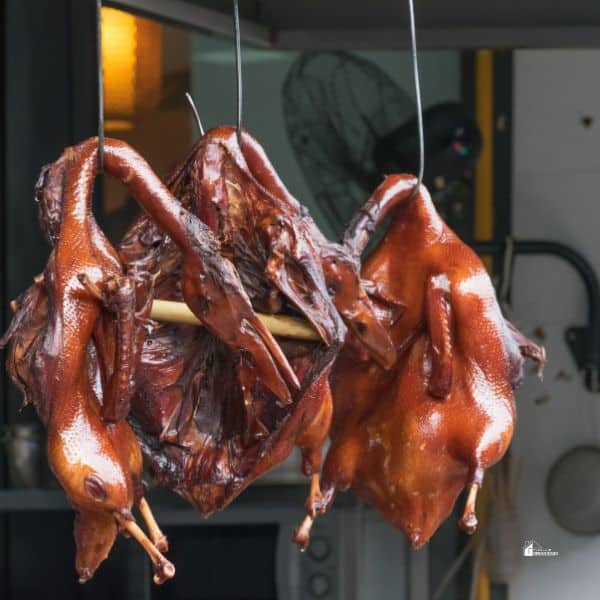
How To Cut & Carve A Duck
Getting the most out of this succulent piece of poultry starts with having the right tools to cut and carve and ensure no pieces go to waste.
A sharp chef's knife and a sturdy carving fork are essential for this task. Begin by removing the legs; cut the thigh and the body and pop the joint out before cutting through it. Next, separate the drumsticks from the thighs. When you move to the breast, make a deep cut along the breastbone and slice the meat away from the rib cage in smooth, steady strokes, keeping your knife close to the bone for maximum yield.
Once the breasts are removed, do not discard the carcass, as it holds a treasure trove of flavourful meat ideal for soups and broths. Use your hands to feel for meat in hard-to-reach places like the back and around the wings. Every bit of meat can be used, from the fatty wings, which are perfect for roasting until crispy, to the small bits along the frame, ideal for enriching stews or making stock.
With each cut, be mindful of the texture and grain of the meat to ensure that each slice is as tender as possible. The key is to use gentle but firm slicing motions, letting the sharpness of the knife do the work without tearing the meat. This careful attention to detail will allow you to present a beautifully carved duck that’s ready to be enjoyed in a variety of dishes, ensuring that your culinary efforts are both sustainable and delicious.
Exploring the Whole Duck:
Duck Liver: A Hidden Treat
Duck liver, overshadowed by its more illustrious cousin foie gras, holds its own unique allure in the culinary world. One can craft an exquisite pâté from duck liver, which is ideal for spreading over toasted bread or serving as an elegant appetizer. The secret to a superb duck liver pâté lies in slow cooking and seasoning it perfectly with herbs like thyme and garlic to enhance its deep, rich flavors.
Duck Necks: A Tasty Surprise
Duck necks are one of the most underrated parts of the duck. They can be made into a crispy and tasty snack. Inspired by Peking-style cooking, when you fry duck necks they become crunchy and full of flavor. Marinate them in soy sauce, five-spice powder, and other spices before frying them until they're golden brown. For those eager to try this cooking style, choosing high-quality duck necks is a must to make a dish that will impress everyone.
Duck Bones: The Secret to Great Soups
Don't throw away those duck bones – just like a chicken carcass, they're full of flavour. Rather than discarding them, use duck bones to enrich your cooking. Simmering these bones creates a robust and flavourful broth, serving as the perfect foundation for various soups and stews. This broth, infused with herbs and vegetables, becomes a rich base that elevates any dish.
Duck Feet: A New Taste to Try
In Western cooking, we don't usually use duck feet, but they're really interesting to cook with. Duck feet are a staple in Asian culinary traditions, renowned for their unique texture and taste. Slow-cooked in soy sauce, spices, and vegetables, duck feet become tender and flavor-packed. Introducing duck feet in your kitchen could unveil new flavors and textures akin to many Asian dishes.
Duck Heart and Gizzards: Simple and Flavorful
If you like trying different kinds of food, you should try duck hearts and gizzards. When you cook them with onions and herbs, they turn into a tasty and hearty dish. You can also put them in stews or casseroles to add more flavor and texture. Using these parts of the duck helps keep old cooking traditions alive and brings a bit of history into your meals.
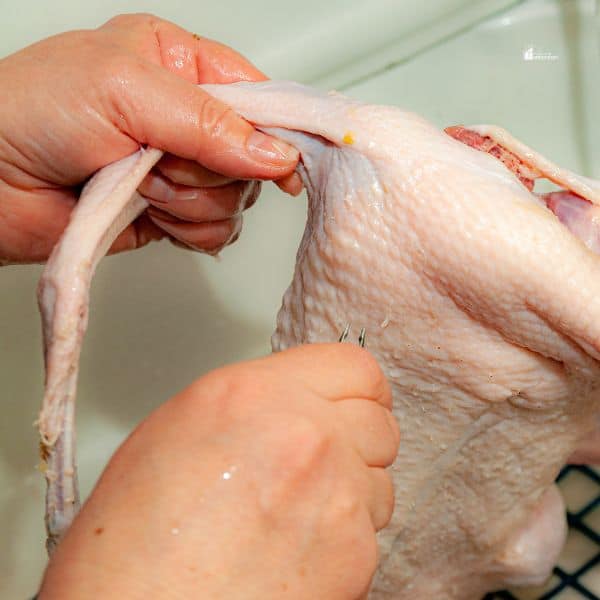
Fun Ideas for Cooking Duck:
Using Duck Fat
Duck fat is great for frying or roasting vegetables. It gives a rich flavor that you can't get with other oils. You can use it to sauté onions and garlic for a base that's richer and more aromatic than those cooked in vegetable oils. Duck fat also makes an excellent medium for confit cooking methods, where ingredients are cooked slowly in fat at low temperatures to achieve a melt-in-the-mouth texture.
Perfect Duck Breast
When cooked correctly, duck breast with crispy skin can transform a simple meal into something extraordinary. Pair it with a sweet sauce such as orange or cherry for a delightful flavor combination. To achieve the perfect crispy skin, score the skin in a crisscross pattern, which helps render out the fat and leaves the skin crisp and golden. Searing the breast skin-side down over medium heat allows the fat to render slowly, which prevents the meat from becoming too dry.
Tender Duck Legs
The secret to succulent duck legs lies in slow-cooking them until they are tender and rich in flavor. Marinating the legs in a mixture of spices, herbs, and a bit of acid like lemon juice or vinegar helps to tenderize the meat and infuse it with robust flavors. Braising them in a low oven in a covered dish with a bit of liquid will yield incredibly tender flesh that falls off the bone.
Smoked Duck
The smoking process gives it a deep, rich taste. You can smoke the whole duck or just parts of it. The key to smoking duck is to maintain a low temperature over several hours, allowing the smoke to penetrate deep into the meat. Using a variety of woods, like cherry or hickory, can impart different nuances to the duck's flavor, making each smoking session unique.
Making Duck Sausages
If you like a challenge, try making your duck sausages. Combine duck meat with spices and a little pork for juiciness. Seasoning choices like sage, thyme, and juniper can also enhance the natural duck flavor.
Duck Confit Croquettes
You can turn leftover duck confit into delicious little fried cakes. Mix the duck with potatoes, shape them into small cakes, and fry. These croquettes are perfect as appetizers or side dishes. The key to perfect croquettes lies in achieving a crispy exterior with a moist, flavourful interior. Serving them with a dipping sauce like spiced aioli or a classic French remoulade can elevate them to a new level of gastronomy.
By using every part of the duck, you're not only cooking in a way that doesn't waste anything, but you're also discovering lots of new and exciting dishes. Every piece of the duck has its flavour and texture, making it a very versatile ingredient for all kinds of recipes. Have fun cooking and trying out all these different flavors!
